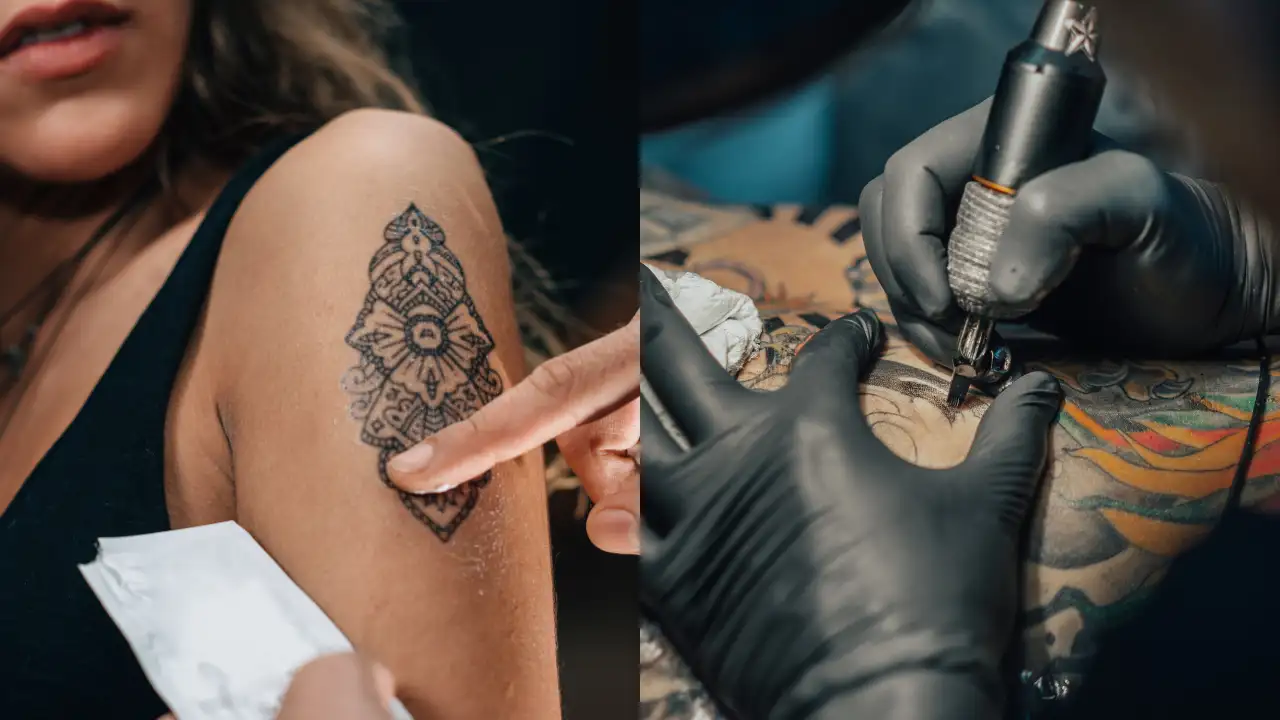Getting inked is more than just slapping a cool design on your skin; it is a lifelong commitment that involves art, pain, and biology. Where you decide to place your tattoo can really affect not just how it looks but how it ages and even how your skin fares over time. To know the best and worst spots for tattoos, we tapped into two experts who bring both artistic and medical perspectives: Lokesh Verma, tattoo artist and founder of Devil’z Tattooz, and Dr. Jeet Patel, a skin health specialist with an eye on the long-term effects of tattoos.
Verma says that tattoo placement is not just about aesthetics; it is a mix of longevity, pain, and visual impact. “Where a tattoo is placed affects how long it lasts, how painful it is to apply, and how visually impactful it will be over time,” he explains. That means picking the perfect spot is as important as the design itself.
About Longevity
Tattoos on the upper arm, shoulder, back, and thigh tend to age like fine wine, protected from harsh sun and spared constant friction. These areas offer a kind of “safe haven” for ink, letting it stay crisp and vibrant for years. But do not be fooled by the charm of finger, hand, feet, or elbow tattoos. “Those spots often fade faster due to frequent washing, rubbing, and constant movement,” says Verma. Be ready for regular touch-ups if you choose these spots.
Pain Tolerance
If you thought getting inked was a walk in the park, think again, especially if you are eyeing spots like ribs, spine, or feet. These areas have less muscle and fat padding and more nerve endings, which can turn your tattoo session into a battle of endurance.
Verma advises, “Areas with more flesh, like the outer arm, thighs, and buttocks, tend to be more manageable for most people.” So if you are a first-timer or have a low pain threshold, those fleshy zones might be your best spots.
Why Placement Matters
Beyond pain and fading, the tattoo’s visual impact depends on anatomy and movement. Tattoos look their best on flat, smooth surfaces where fine details do not blur. Plus, tattoos on joints or places where skin stretches a lot can distort over time. Lokesh points out, “Placement that complements the body’s natural lines and flow can enhance both the art and the wearer’s form.” So, strategic positioning is not just a matter of convenience; it is about creating a piece that stays beautiful and meaningful.
Dr. Patel brings a crucial medical perspective to the conversation, reminding us that tattoos are skin-altering procedures with long-term health implications.
“Where a tattoo is placed can significantly influence how it ages and how it affects the surrounding skin over time,” he says.
About Skin Elasticity
Areas like hands, forearms, neck, and feet do not just face fading and distortion due to movement and sun exposure; they also experience faster loss of skin elasticity. Dr. Patel explains it with a simple analogy: “If you consider a smooth piece of paper with an image on it, if you crumple the paper, the image gets distorted.” As we age and lose collagen, the skin sags and wrinkles, gradually warping the tattoo’s appearance. Weight changes can add another layer of distortion, making tattoos in these areas a gamble over the years.
Dr. Patel also flags a lesser-known risk: the breakdown of tattoo inks under UV light. “Coloured pigments may break down, releasing potentially harmful byproducts that can stress the skin over time.” While current research shows no direct link between tattoos and skin cancer, tattoos might hide early signs of skin disorders, complicating early diagnosis. This makes regular skin checks and sun protection non-negotiable if you want to keep your skin and your art in top shape.
